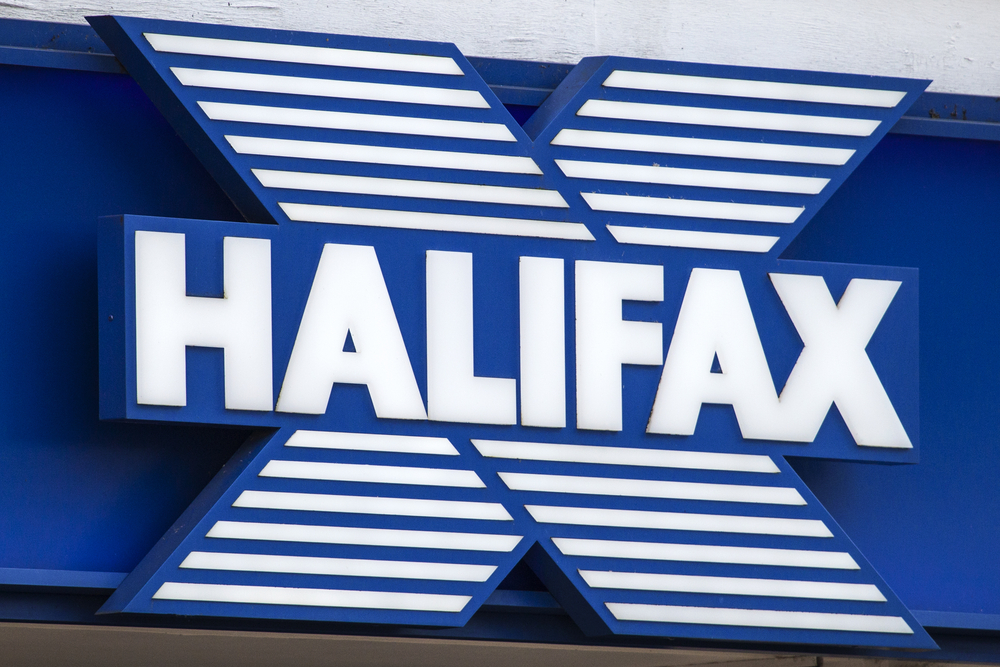English homebuyers have seen their stamp duty payments jump over 20% to £8bn this year, according to Coventry Building Society’s analysis of the latest HMRC statistics, with properties in all parts of the country now liable to pay the tax.
The mutual says: “While bills remain highest in London and the South East, buying an average priced home in traditionally more affordable areas now comes with some stamp duty to pay, with not a single part of the country escaping the tax.”
The latest customs data comes after stamp duty’s lower thresholds, on 1 April, were reset back to September 2022 levels, before former Prime Minister Liz Truss’ mini-Budget.
The mutual says that the move means “the nil-rate threshold has been halved to £125,000 from £250,000 — a change that added £2,500 to the tax on an average priced home – taking it from £2,047 to £4,547”.
It adds: “Prior to the changes [in April], anyone buying an average-priced home in the North East, Yorkshire and the Humber, the North West, East Midlands and West Midlands would not have had to pay any stamp duty.
The building society says that in July, buyers paid £1.4bn in stamp duty, a 35% increase from the £1.1bn paid in June.
That brings the total paid so far this year to £8bn – an 21% jump on the £6.6bn paid in the same period last year.
| Region | Average HousePrice | Stamp Duty
|
| North East | £163,679 | £773 |
| Yorkshire & The Humber | £204,410 | £1,588 |
| North West | £212,057 | £1,741 |
| East Midlands | £238,635 | £2,272 |
| West Midlands | £246,910 | £2,438 |
| South West | £301,660 | £5,083 |
| East of England | £337,920 | £6,896 |
| South East | £383,486 | £9,174 |
| London | £561,309 | £18,065 |
| England | £290,956 | £4,547 |
Source: Coventry Building Society
Coventry Building Society head of intermediary relationships Jonathan Stinton says: “The fact that there’s now nowhere to hide from stamp duty shows just how out of step this tax has become.
“From London to the North East, those buying a typical home in any region are now being hit with a tax that can add thousands to the cost of moving.”
The customs data comes after reports earlier this week said that the Chancellor Rachel Reeves is considering a new tax on the sale of properties worth over £500,000 as part of wider stamp duty and council tax changes.
Senior ministers, who have been briefed on the proposals, have asked officials to examine how a new “proportional” property tax could be implemented and model its impact.
It said that officials will start by examining a potential national property tax, which would look to replace stamp duty on owner-occupied homes.
Stinton points out: “There’s speculation of a new property tax, which would shift the burden from buyers to sellers — removing one of the biggest upfront hurdles people face — but it comes with a risk of market distortion. “The prospect of reform could make buyers and sellers delay their moves while they wait for clarity.
Stinton adds: “Once in force, it could reduce the supply of new homes coming onto the market, or warp house prices — with some owners trying to sell under £500,000 to stay below the threshold, and others increasing prices to offset the tax.
“The principle is right: our property taxes should fit today’s housing market, not the one we had decades ago. But it’s vital the detail is carefully designed so we don’t swap one barrier for another.”



